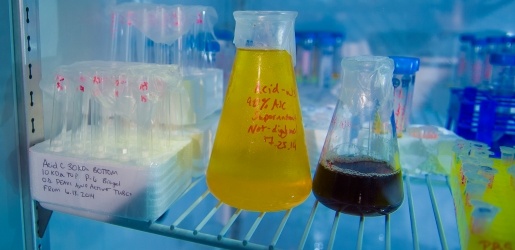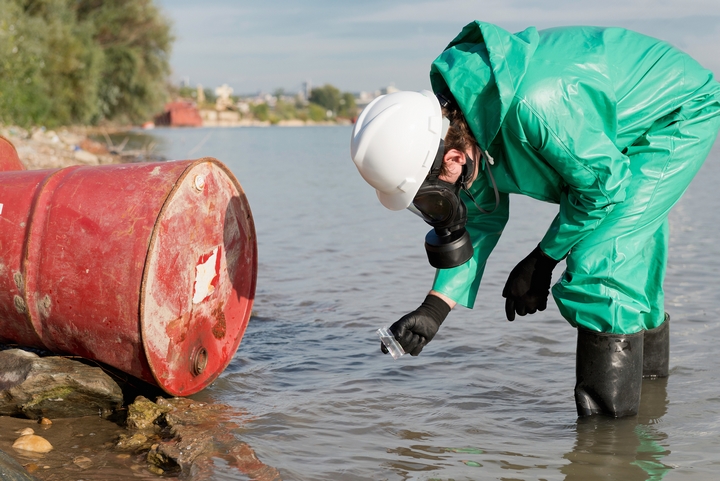Specialist Liquid Waste Removal Melbourne: Fast and Economical Providers
Specialist Liquid Waste Removal Melbourne: Fast and Economical Providers
Blog Article
Just How Liquid Garbage Disposal Functions: A Thorough Summary of Strategies and Technologies Utilized

Review of Fluid Waste Types
The complexity of fluid waste types demands an extensive understanding of their characteristics and ramifications for disposal. Fluid waste can extensively be classified right into several kinds, including industrial, community, agricultural, and dangerous waste. Each category shows unique buildings, requiring details monitoring approaches to minimize environmental and health dangers.
Industrial fluid waste stems from producing procedures and often contains a variety of impurities, such as hefty steels, solvents, and natural compounds. Community liquid waste, mainly comprising wastewater from families and industrial facilities, contains natural matter, nutrients, and pathogens (industrial wastewater treatment). Agricultural fluid waste, including overflow from ranches, may include plant foods, chemicals, and pet waste, presenting dangers to water top quality and environments
Dangerous liquid waste is characterized by its toxicity, reactivity, or potential to trigger harm. Recognizing these varied liquid waste kinds is essential for creating reliable disposal approaches and making sure conformity with ecological laws.
Physical Therapy Techniques

Screening is the initial step, where larger fragments and particles are eliminated from the fluid waste making use of displays or grates. This procedure protects downstream equipment from damages and guarantees smoother procedure. Complying with testing, sedimentation makes use of gravitational pressure to separate solids from liquids. In sedimentation storage tanks, larger bits work out at the base, developing a sludge layer, while the clarified liquid can be more dealt with.
Filtering is another important method that involves passing the fluid with porous products, such as sand or membranes, to catch smaller sized bits. This action enhances the high quality of the fluid, making it appropriate for succeeding treatment processes.

Chemical Therapy Methods
Chemical therapy techniques are crucial for successfully handling fluid waste, specifically in resolving liquified and colloidal contaminants that physical methods may not effectively eliminate. These strategies use various chemical agents to reduce the effects of, precipitate, or change unsafe substances into less harmful types.
One common method is coagulation and flocculation, where chemicals such as alum or ferric chloride are contributed to promote the gathering of suspended bits. This procedure boosts sedimentation, allowing for less complicated elimination of the resulting sludge. In addition, oxidation processes, employing representatives like chlorine or ozone, are used to damage down complex organic substances and virus, rendering the waste more secure for discharge or more treatment.
Neutralization is an additional vital strategy, which adjusts the pH of acidic or alkaline waste streams to neutral levels, protecting against possible harm to downstream systems and the environment. In addition, progressed oxidation processes (AOPs) utilize mixes of oxidants and ultraviolet light to deteriorate consistent toxins, achieving a higher degree of treatment effectiveness.
Organic Therapy Procedures
Organic therapy procedures play a critical duty in the administration of fluid waste by making use of microorganisms to decay natural matter and reduce contaminant degrees. These processes can be generally classified right into cardio and anaerobic treatments, each utilizing details microbial neighborhoods to accomplish effective waste deterioration.
Aerobic treatment involves the usage of oxygen to help with the break down of organic materials by microorganisms. This procedure is frequently implemented in turned on sludge systems, where oygenation tanks supply a favorable environment for microbial development, bring about the oxidation of organic pollutants. The resultant biomass can be divided from treated effluent with sedimentation.
On the other hand, anaerobic therapy occurs in the absence of oxygen, counting on various microorganisms to break down raw material. This technique is specifically helpful for high-strength waste, as it produces biogas, an eco-friendly energy resource, while decreasing sludge manufacturing. Technologies such as anaerobic digesters are often utilized in municipal you could try these out and industrial applications.
Both cardio and anaerobic organic treatments not only minimize the ecological impact of fluid waste but also promote resource recuperation, making them vital elements of sustainable waste administration methods. Their efficiency, versatility, and effectiveness support their widespread execution across different fields.
Emerging Technologies in Disposal
Cutting-edge approaches to liquid garbage disposal are quickly advancing, driven by improvements in technology and a raising focus on sustainability. Among these arising technologies, membrane layer bioreactors (MBRs) have acquired traction for their capacity useful source to integrate biological treatment with membrane filtration, causing top quality effluent that can be reused in various applications. MBRs make it possible for smaller sized footprints and a lot more reliable operations contrasted to typical systems.
An additional encouraging growth is using anaerobic food digestion incorporated with nutrient recuperation technologies, which not just treats fluid waste yet likewise produces biogas and recoups useful nutrients like nitrogen and phosphorus. This double advantage improves source performance and lowers ecological effect.
Additionally, advanced oxidation procedures (AOPs) are being adopted for the destruction of complicated natural toxins. These approaches use powerful oxidants and catalysts to damage down contaminants at the molecular level, using a very efficient service for difficult waste streams.
In addition, the assimilation of man-made intelligence and machine understanding in waste administration systems is optimizing functional effectiveness and anticipating maintenance, causing decreased expenses and boosted ecological conformity. These innovations mirror a substantial change in the direction of even more sustainable and effective liquid waste disposal techniques.
Conclusion
In verdict, reliable fluid waste disposal necessitates a thorough understanding of different techniques and technologies. By continually progressing these approaches, it ends up being possible to address the growing challenges associated with liquid waste, eventually adding to environmental defense and source recovery.
Fluid waste disposal is a vital aspect of environmental management, needing a thorough understanding of different strategies and innovations customized to different waste kinds. Liquid waste read review can extensively be classified right into a number of kinds, consisting of industrial, community, farming, and unsafe waste. Agricultural liquid waste, consisting of overflow from farms, might include plant foods, pesticides, and animal waste, posing risks to water top quality and communities.
Different physical therapy methods play an essential role in managing liquid waste successfully - industrial wastewater treatment.In conclusion, reliable fluid waste disposal necessitates a detailed understanding of different techniques and modern technologies
Report this page